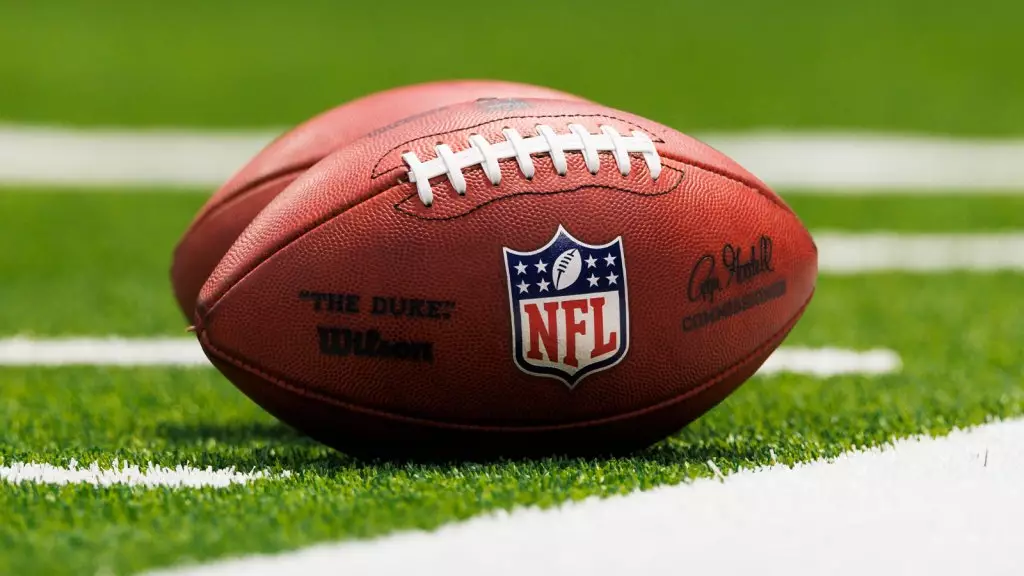The NFL is experiencing a major shift as team owners have recently voted to permit private equity firms to purchase stakes in franchises. This marks a significant change in ownership regulations within the league, allowing for a maximum investment of 10% in any team.
Under the new policy, private equity investors will not have voting rights on the teams they invest in. They are limited to investing in a maximum of six teams, with a minimum investment of 3% in each franchise. The decision was made with a decisive vote of 31-1, with the Cincinnati Bengals as the sole dissenting voice.
NFL Commissioner Roger Goodell has emphasized that this change will not alter the fundamental ownership structure of the league. He reassured that the 10% ownership stake is merely a silent position that grants access to capital, without granting decision-making power. Goodell believes that strengthening ownership is crucial for the league’s success and views this move as a positive development.
The NFL’s decision to allow private equity funds contrasts with other major sports leagues in the U.S., such as the NBA and MLB, which have a cap of 30% on ownership stakes. Goodell explained that the 10% limit in the NFL is significantly lower, making it a less impactful position than in other leagues.
By opening up investment opportunities to private equity firms, the NFL aims to provide teams with increased liquidity to reinvest in the game and their respective franchises. While not all teams may choose to take advantage of this option, it offers a potential avenue for financial growth and strategic partnerships within the league.
The NFL’s decision to allow private equity firms to invest in teams reflects a strategic move to enhance the financial stability and growth potential of franchises. This policy change signals a new era of ownership dynamics within the league, providing opportunities for capital infusion while maintaining the integrity of team ownership and decision-making processes. As the NFL continues to evolve and adapt to changing market dynamics, this decision is likely to shape the future landscape of professional football in the years to come.

